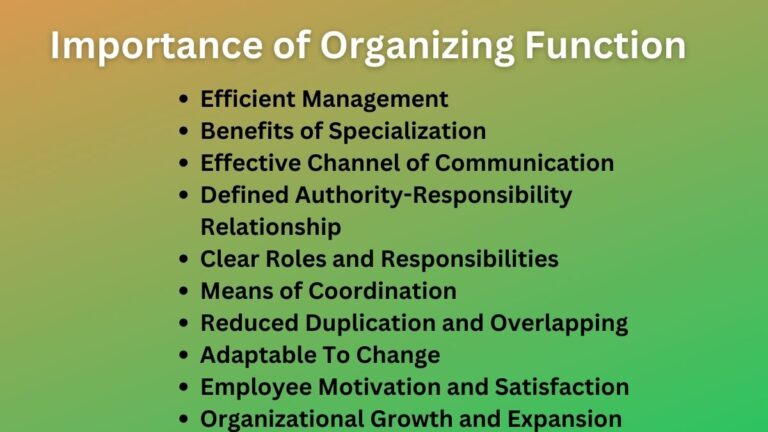What is Programmed and Non-Programmed Decision? [Explained]
What is Programmed and Non Programmed Decision?
A programmed and non-programmed decision are two types of decisions that are categorized on the basis of their frequency of reoccurrence.
What is Programmed Decision?
A programmed decision is a decision that has a high degree of occurrence in the future. It is repetitive and structured in nature.
Programmed decisions are routine decisions that deal with the regular and repetitive activities of the organization. Such decisions are based on already established rules, regulations, methods, and procedures.
Managers do not need to invest their high level of analysis when making programmed decisions. Rather, they make a program after making a real decision. And the program itself outlines the steps to take to tackle problems of this nature when they occur.
The making of programmed decisions are in the hand of lower-level managers and they do not affect the long-term performance of the organization. Some examples of the programmed decision include.
- Making purchase orders.
- Purchasing raw materials.
- Managing different employee leaves.
- Scheduling employees’ work time.
- Settling normal disputes.
- Salary increments.
- Recording of office supplies, etc.
What is a Non-Programmed Decision?
A non-programmed decision is a decision that has fewer degrees of recurrence in the future. These decisions are ill-structured, non-repetitive, unique, and unusual in nature. Often, this decision is one time only.
If programmed decisions are used to solve repetitive problems non-programmed decisions are used to solve unique and novel problems. Managers have to think out of the box and use their creativity while making any non-repetitive decision.
Related: Group and Individual Decisions
As compared to programmed ones these decisions are complex in nature and have a longer impact on the workplace. Usually, these decisions are made by top-level executives considering the long-term health of the organization.
Some examples of the non-programmed decision include:
- Handling serious industrial problems.
- Adopting new technology.
- Making merger and acquisition decisions.
- Product diversification.
- Changing marketing strategy.
- Dropping an existing product or launching a new product.
- Decisions regarding improving brand image, etc.
Difference Between Programmed and Non-Programmed Decisions
The differences between programmed and non-programmed decisions can be pointed out in the following bases.
Definition
A programmed decision is a repetitive decision that is used to solve problems that arise in routine situations. Whereas, the non-programmed decision is unique and is used to solve new problems for which there are no structured rules and procedures.
Frequency of Reoccurrence
The programmed decisions are repetitive whereas non-programmed ones are novel and unusual.
Time
Since for programmed decisions, there are already established procedures managers can make such decisions in no time. Often for such decisions, he does not even need to invest his analytical knowledge.
But, non-programmed decisions take more time to make the final choice. Since this is novel and un-repetitive managers need to get a step in the decision-making process for every non-programmed decision to make.
Decision Maker
Since programmed decisions deal with regular and routine activities these decisions are made by middle and lower managers. Whereas, non-programmed decisions are made by top-level managers.
Impact
Programmed decisions have a short-term impact on organizational performance. They are usually not more than 1-3 years old. On the other hand, non-programmed decisions have a long-term impact on organizational performance and usually last more than 3-5 years.
Read Next: Organizational and Individual Decision
Sajan Kushmi is a content writer with more than 4 years of experience. He holds BIM Degree. He write on the topics related to Management, Marketing, and Entrepreneurship.






